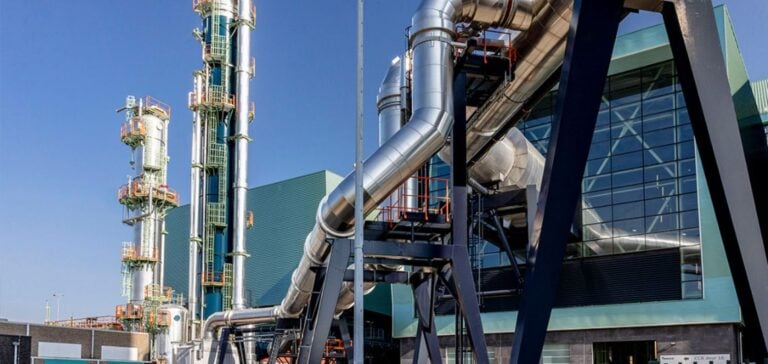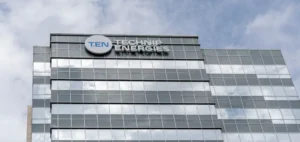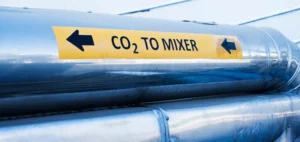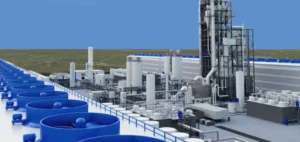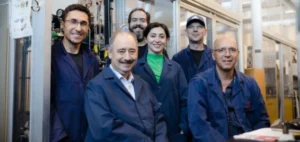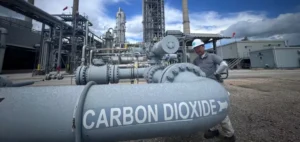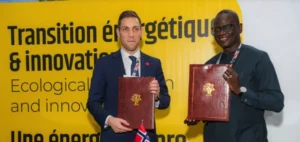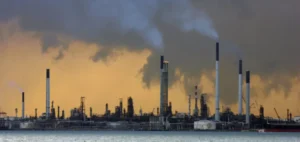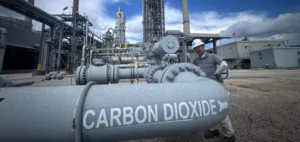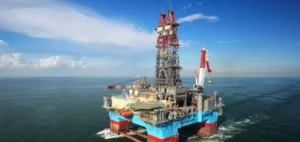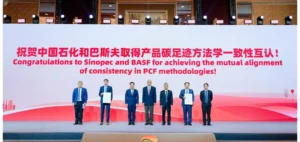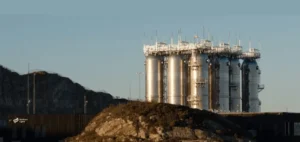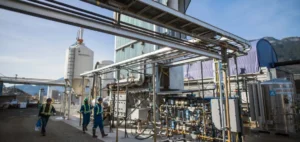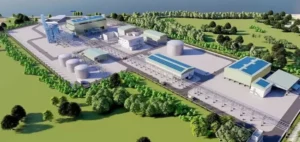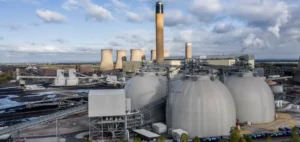The collaboration between Aker Carbon Capture ASA (ACC ASA) and SLB Capturi has reached a new milestone with the completion of the first modular carbon capture plant at the Twence waste-to-energy facility in Hengelo, the Netherlands. This project was made possible through the integration of the Just Catch™ technology, a modular solution designed to reduce on-site installation and commissioning costs.
A Modular and Cost-Effective Design
The Just Catch™ design allows for a significant reduction in on-site installation work, making it a more cost-effective and faster-to-deploy option compared to existing alternatives in the market. This modular design is part of a broader industrial decarbonization strategy aimed at making carbon capture accessible on a global scale. The carbon capture plant can capture up to 100,000 tons of CO2 per year, a notable capacity that represents a step forward for the industry.
Applications and Target Market
The CO2 emissions captured by the plant will be used in specific applications for the horticulture, as well as the food and beverage industries. This use of captured CO2 demonstrates a pragmatic approach to turning a greenhouse gas into a useful product in high-demand industries.
A Strategic Partnership with SLB
SLB Capturi is a joint venture between SLB and Aker Carbon Capture, with SLB holding an 80% stake and ACC ASA retaining the remaining 20%. This alliance combines the respective expertise of both companies in technology and large-scale decarbonization solutions.
The partnership aims to deploy carbon capture solutions on a global industrial scale, accelerating efforts to reduce CO2 emissions in several key sectors.
One Step Closer to Industrial Decarbonization
The completion of this modular plant marks a significant step in the global effort to achieve industrial decarbonization goals. This initiative is part of a broader movement to integrate carbon capture technologies into industrial facilities worldwide, with the aim of reducing the carbon footprint of the energy and industrial production sectors.


